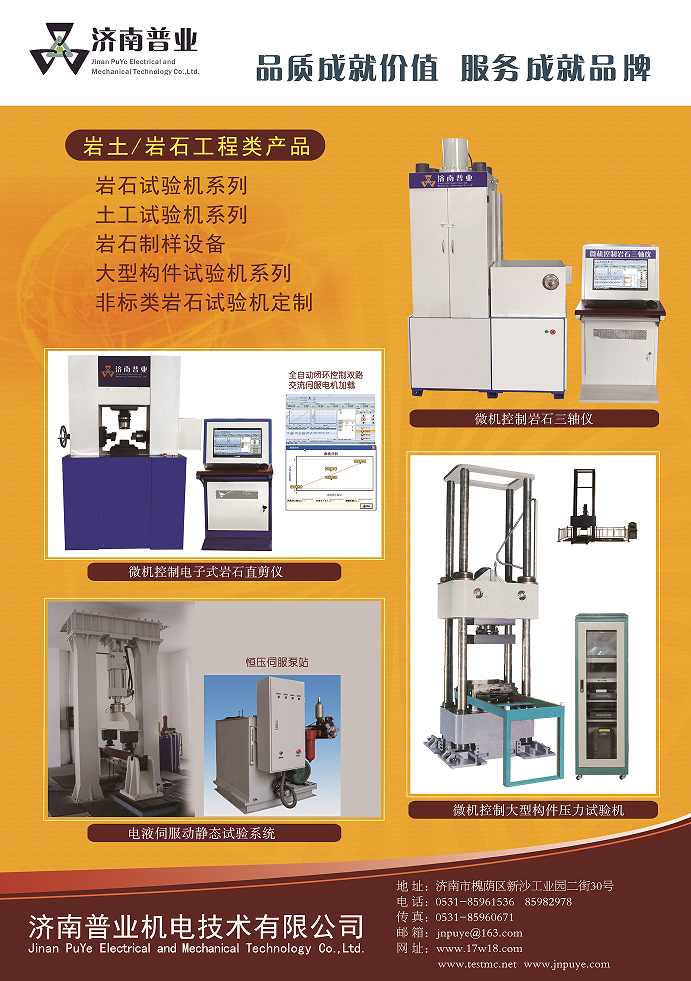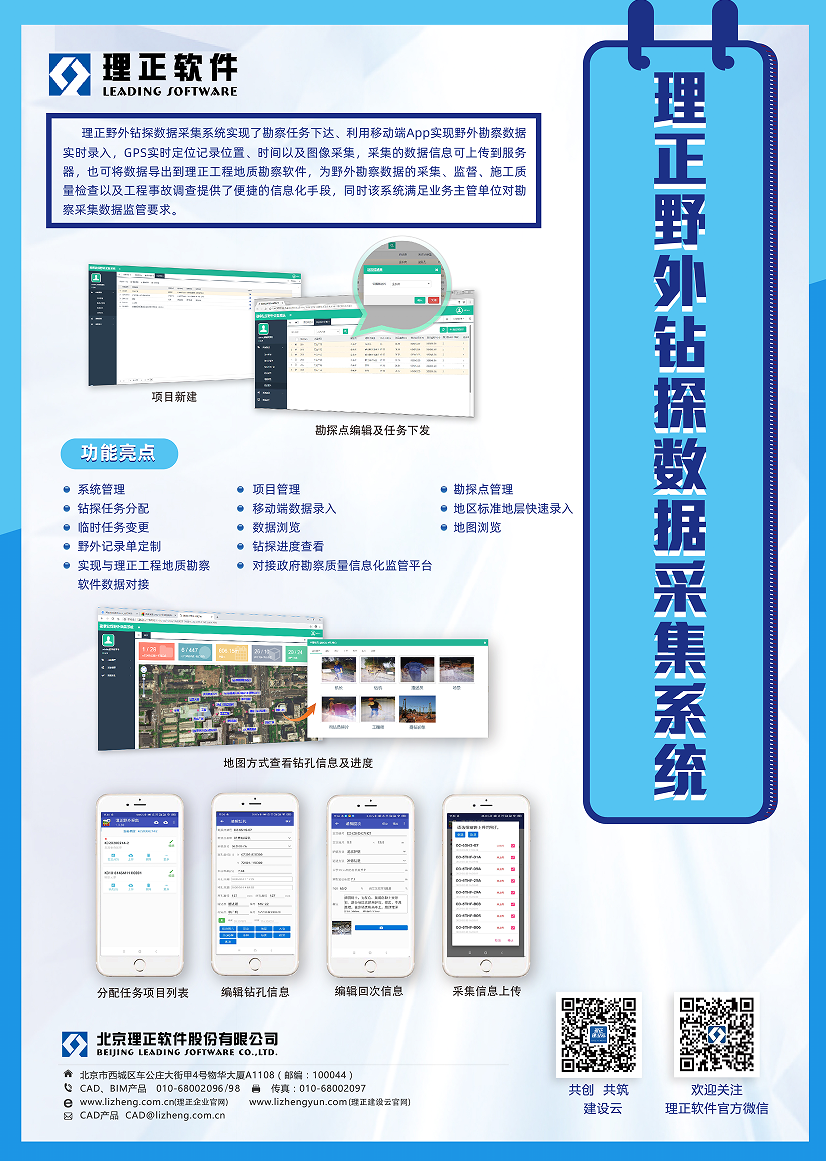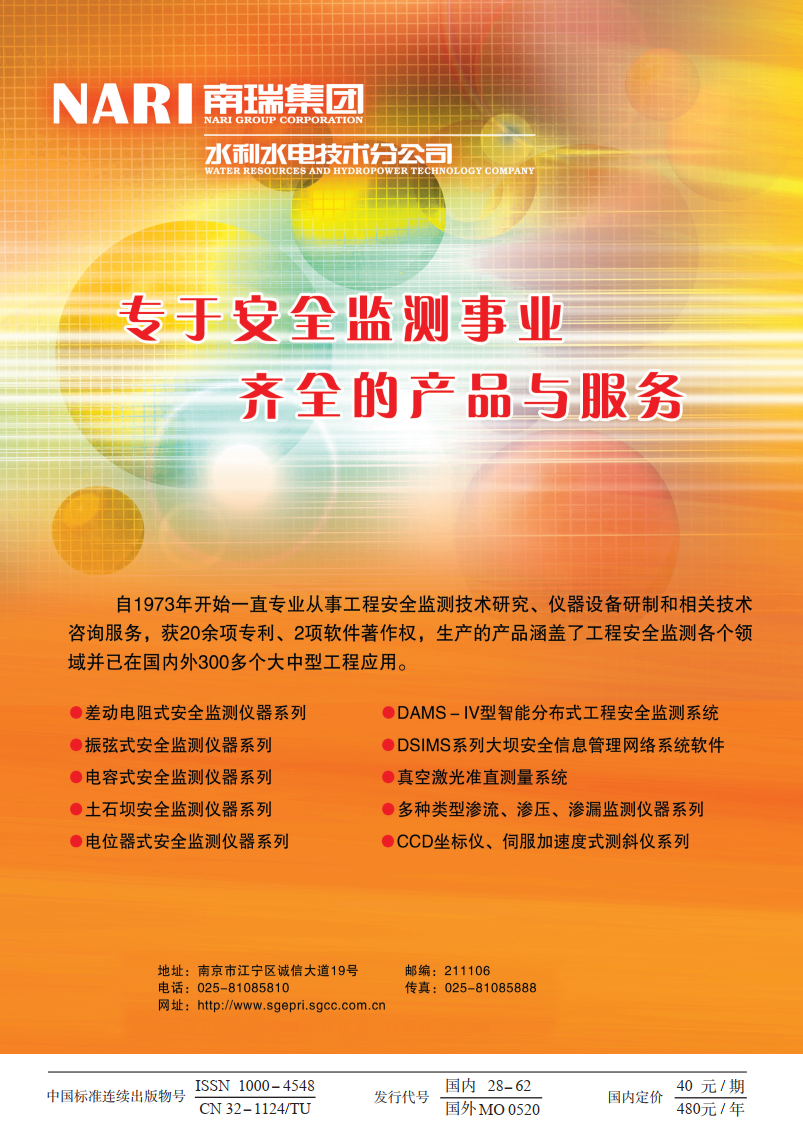Utilization of neural network feedback method to prediction of thermal resistivity of soils
-
摘要: 为研究不同土体的热传导特性,通过文献数据归纳整理,简要分析了土体热阻系数与主要影响因素的相关关系。利用神经网络反馈分析方法,提出土体热阻系数的预测模型,并对所提模型的有效性与优越性进行了对比验证。结果表明:反馈神经网络能够简便、有效的预测土体热阻系数,所建模型以干密度、饱和度和石英含量为输入参数,较为全面、合理地反映了影响土体热传导性质的主要因素;预测模型具有较高的精度,预测值与实测值的相关系数R2大于0.93,均方根误差RMSE低于28 K∙cm/W,方差比VAF大于94%;与传统经验关系式相比,反馈分析模型在新环境中的预测结果上具有显著的优越性。Abstract: In order to study the heat transfer characteristics of different soils, the correlation between the thermal resistivity of soil and the main influencing factors is analyzed briefly through the literature data. A prediction model for thermal resistivity of soils by the using neural network is proposed, and the effectiveness and superiority of the proposed model are compared. The measured thermal resistivity is compared with the predicted results of the feedback neural network model. The results show that the feedback neural network can accurately and effectively predict the thermal resistivity of soils. The model adopts dry density, saturation and quartz content as the input parameters, which comprehensively and reasonably reflect the main factors affecting the thermal conductivity of soils. The prediction model has high precision, the correlation coefficient R2 of the predicted and measured values is greater than 0.93, the root meansquare error (RMSE) is lower than 28 K∙cm/W, and the variance accounting for (VAF) is greater than 94%. Compared with the traditional empirical relationship, the feedback analysis model has significant advantages in the predicted results in the new environment.
-
Keywords:
- thermal conduction /
- influencing factors /
- neural network /
- prediction model
-
[1] VAN ROOYEN M.Soil thermal resistivity[D]. New Jersey: Doctoral Thesis, Princeton University, 1958. [2] ZHANG T, CAI G J, LIU S Y, el at. Investigation on thermal characteristics and prediction models of soils[J]. International Journal of Heat and Mass Transfer, 2017, 106: 1074-1086. [3] KERSTEN M S.Thermal Poperties of Soils[R]. Bulletin: University of MinnesotaInstitute of Technology, Engineering Experiment Station, 28, 1949. [4] GANGADHARA RAO M V B B. Soil thermal resistivity[D]. Bombay: Department of Civil Engineering, IIT, 1998. [5] DALINAIDU A, SINGH D N.A field probe for measuring thermal resistivity of soils[J], Journal of Geotechnical and Geoenvironmental Engineering, 2004, 130(2): 213-216. [6] WANG J, ZHANG X P, DU L Z.A laboratory study of the correlation between the thermal conductivity and electrical resistivity of soil[J]. Journal of Applied Geophysics, 2017, 145: 12-16. [7] ORBANIC P, FAJDIGA M.A neural network approach to describing the fretting fatigue in aluminum-steel couplings[J]. International Journal of Fatigue, 2003, 25: 201-207. [8] GOH A T C. Back-propagation neural networks for modelling complex systems[J]. Artificial Intelligence in Engineering, 1995, 9: 143-151. [9] SHI J J.Reduction prediction error by transforming input data for neural networks[J]. Journal of Computing in Civil Engineering,2000, 18(2): 105-114. [10] COTE J, KONRAD J M.A generalized thermal conductivity model for soils and construction materials[J]. Canadian Geotechnical Journal, 2005, 42(2): 443-458. [11] JOHANSEN O.Thermal conductivity of soils[D]. Trondheim: University of Trondheim, 1975. -
期刊类型引用(5)
1. 熊金波,左小华,徐文彬. 凸型边坡露天境界外矿体开采稳定性研究. 现代矿业. 2022(05): 64-67+73 .  百度学术
百度学术
2. 王余鹏. 露天弃碴场边坡失稳破坏与防治策略研究——以白鹤山隧道弃碴场为例. 长沙大学学报. 2021(02): 44-49 .  百度学术
百度学术
3. 张嘉凡,高壮,程树范,张慧梅. 煤岩HJC模型参数确定及液态CO_2爆破特性研究. 岩石力学与工程学报. 2021(S1): 2633-2642 .  百度学术
百度学术
4. 杨建华,代金豪,姚池,蒋水华,姜清辉. 岩石高边坡爆破开挖损伤区岩体力学参数弱化规律研究. 岩土工程学报. 2020(05): 968-975 .  本站查看
本站查看
5. 王志,秦文静,张丽娟. 含裂隙岩石注浆加固后静动态力学性能试验研究. 岩石力学与工程学报. 2020(12): 2451-2459 .  百度学术
百度学术
其他类型引用(6)








 下载:
下载:
